Wireless technology has enormous potential to change the way people and things communicate. Future wireless networks will allow people on the move to communicate with anyone, anywhere, and at any time using a range of high-performance multimedia services. Wireless video will support applications such as enhanced social networking, distance learning and remote medicine. Wireless sensor networks can also enable a new class of intelligent home electronics, smart and energy-efficient buildings and highways, and in-body networks for analysis and treatment of medical conditions.
NetSim (Tetcos) provides the user the means to gain a strong theoretical foundation in computer networks and build industry relevant programming skills, through a hands-on approach. The various menus in NetSim are designed to contribute to this objective.
Simulation menu facilitates studying network behavior under different protocols and conditions.
- The labs are focused on helping the student understand the internal working of the protocol rather than device configuration.
- Network performance metrics is available at different levels of abstraction for users to study the impact of changes
Programming menu is for users focused on building employable skills. It reinforces domain knowledge and helps develop industry relevant programming skills:
- There are about 45 programming exercises and each exercise is designed to take about 2 to 3 hrs
- Two modes of operation are provided – Sample mode for user to practice with algorithm, flow chart and pseudo code. Exam mode for assessment with the help disabled
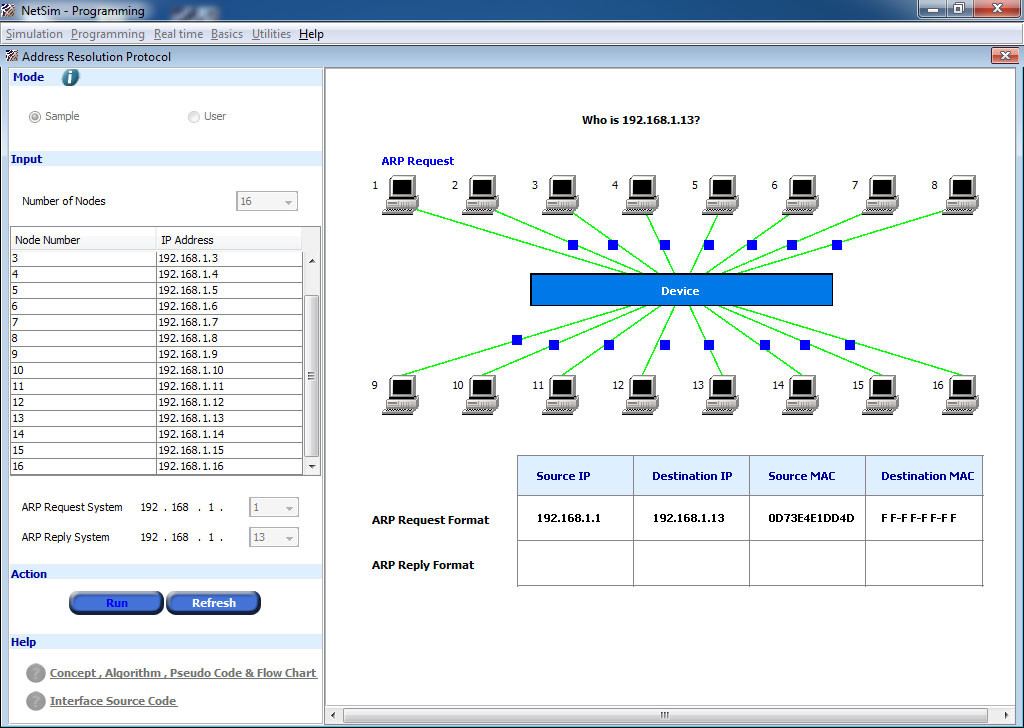
The Basics menu helps beginners visualize important networking principles with the help of animations:
- The menu is designed to supplement a text book with interactive topics
- Design facilitates self-paced learning and is also useful for visualization during class room teaching
NetSim covers various technologies like WSN, ZigBee, MANET, LTE, Cognitive Radio, Wi-fi: 802.11 a, b, g, n and ac (gigabit Wi-fi) etc. The simulation module allows users to –
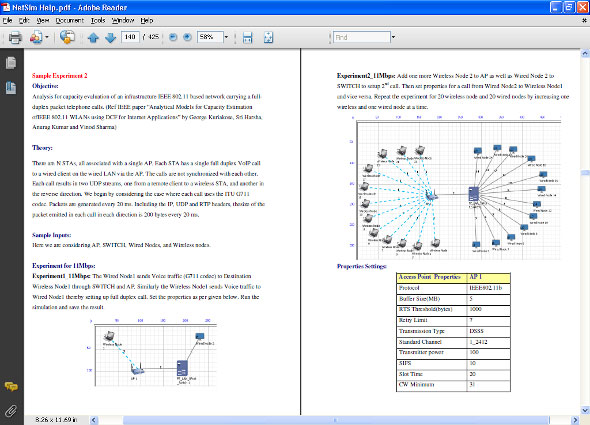
Build the network model
- Create network scenarios using NetSim’s GUI
- Drag and Drop devices, links, application etc into the environment
- Set layer wise properties with just a click. Layer-wise parameters can be edited
- Use Grid or Map based backgrounds
- Model large and complicated networks using the XML config file which comes with automatic verification
Run the simulation
- Run the discrete event simulation (DES) through the GUI or via Command line interface (CLI)
- Log packet traces that reports parameters such as arrival time, queuing time, payload, overhead, error etc for every packet as it flows through the network
- Record event traces which logs ever single event in the protocol finite state machine (FSM) transitions along with associated information like time-stamp, Event ID, Event Type etc
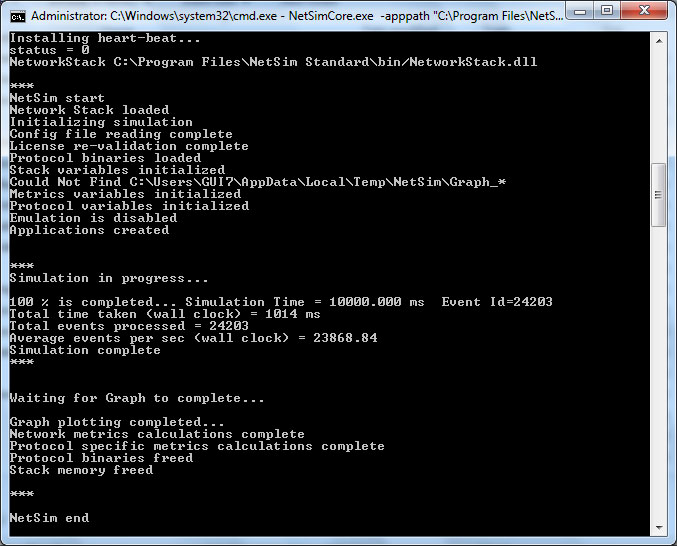
Visualize using the packet animator
- Animate packet flow over wired and wireless links
- Color variation for control packets, data packets and error packets
- Control animation with play, pause and simulation timeline
Analyze the results
- Examine output performance metrics at multiple levels – network, sub network, link, queue, application etc
- Study a variety of metrics such as throughput, delay, loss, packer error, link utilization … etc
- Interpret metrics using in-built plots and graphs
- Export packet and event trace files. easily to tools like Excel, R etc for post-processing and statistical analysis
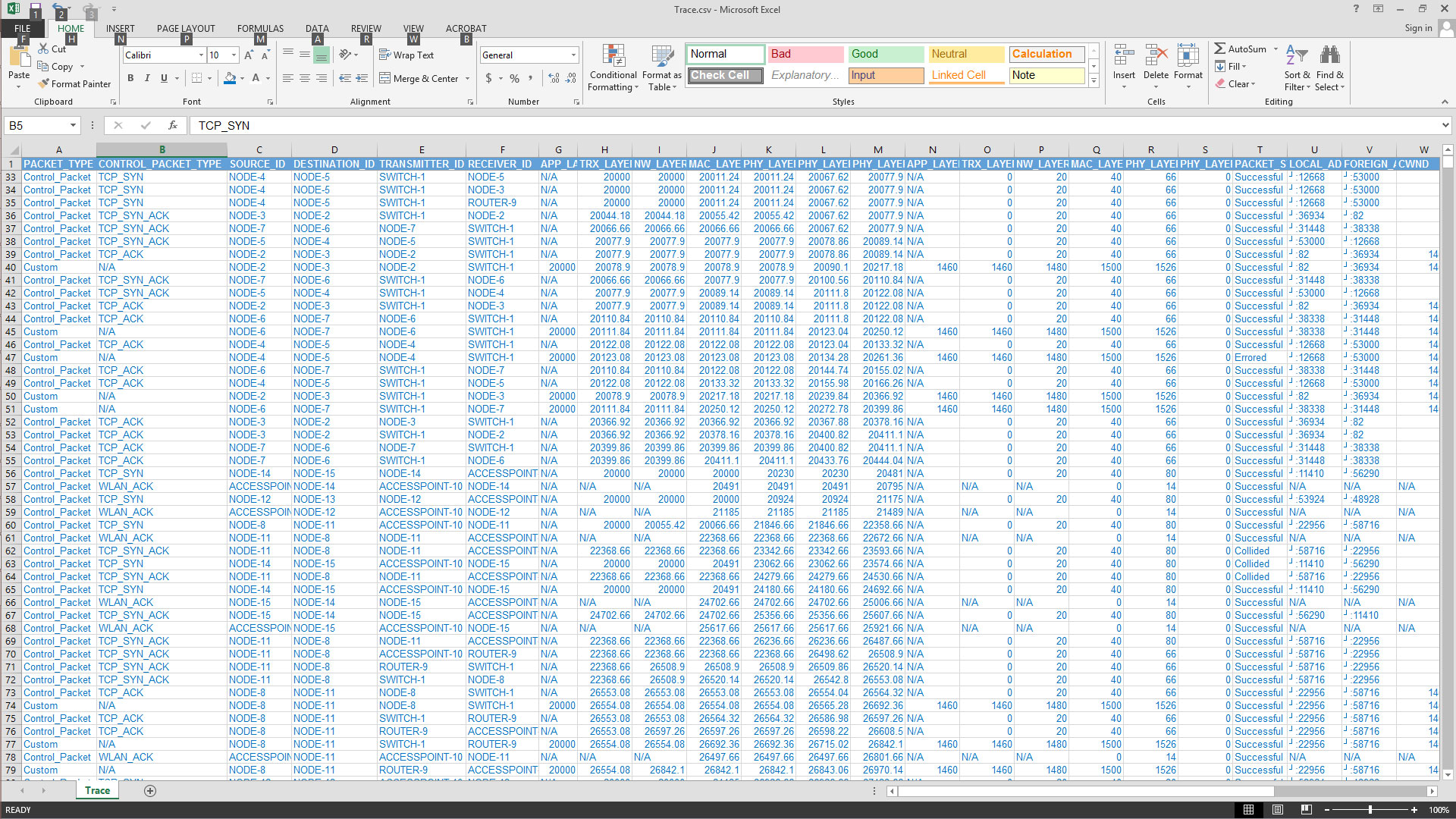
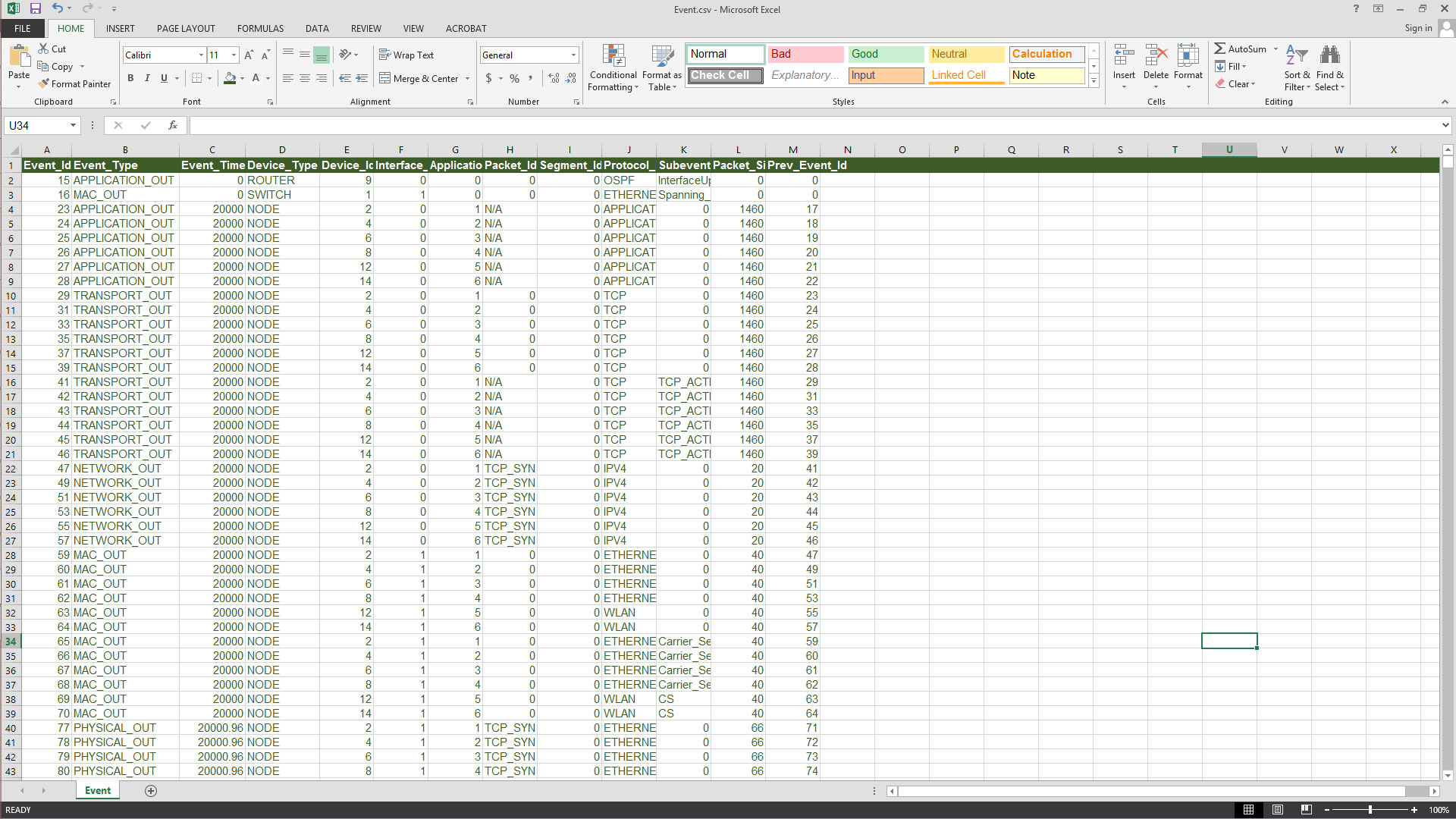
Develop custom protocols / algorithms
- Extend existing algorithms by modifying NetSim’s source C code
- Create custom protocols using NetSim’s simulation API’s
- Interface with other software products
- Debug your code (step-in, step-out, step-over, continue) and watch your variables in sync with simulation
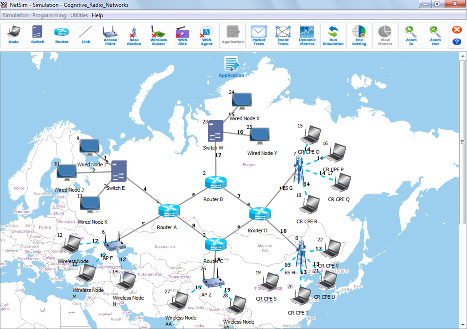
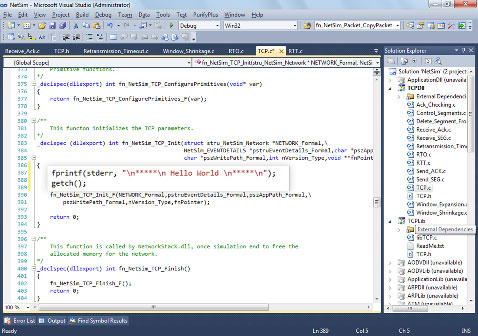
NetSim is being used in over 300 customer locales world over and won the prestigious IEEE COMSNETS award in Jan ’15.







